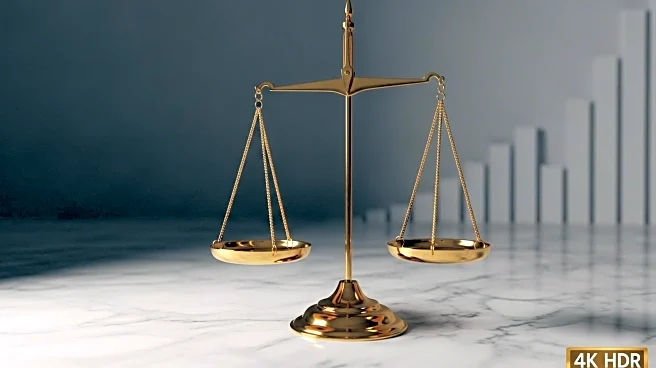What is the story about?
What's Happening?
The Employee Benefit Research Institute's Virtual Policy Forum highlighted the importance of access to retirement savings plans as the U.S. faces a growing retirement savings gap and increased demand for long-term care. One-third of Americans aged 35-64 are projected to run out of money in retirement, with a shortfall of $3.3 trillion. The aging population is driving demand for paid leave and flexible work schedules, with many workers expecting to be caregivers. The federal fiscal picture is impacted by increased spending to support an aging population, with Medicare and Social Security costs rising.
Why It's Important?
The retirement savings gap and the need for long-term care are critical issues affecting the financial security of Americans. The lack of access to employer-sponsored retirement plans exacerbates these challenges, particularly for small business and gig economy workers. As the population ages, the strain on government support programs highlights the need for private savings solutions. States are stepping up with auto-IRA programs to provide more workers with retirement savings options, emphasizing the importance of financial security for older Americans.
What's Next?
Efforts to expand access to retirement savings plans will continue as states implement auto-IRA programs. The federal government may consider additional measures to address the retirement savings gap and support an aging population. Employers may need to reassess their benefits offerings to attract and retain workers in a competitive labor market. The ongoing dialogue about retirement security and long-term care will shape policy decisions and influence economic outcomes.
Beyond the Headlines
The broader implications of the retirement savings gap highlight the challenges of ensuring financial security for an aging population. The ethical considerations of corporate responsibility and government policy in addressing these issues add complexity to economic decision-making. As the U.S. navigates the balance between public and private solutions, the role of retirement savings in shaping economic and social landscapes remains a critical area of exploration.
AI Generated Content
Do you find this article useful?













